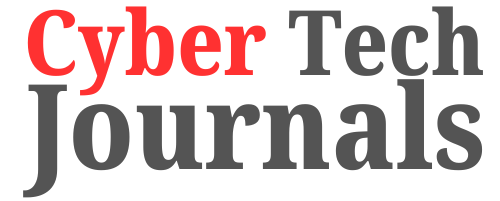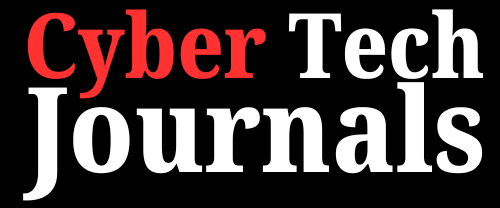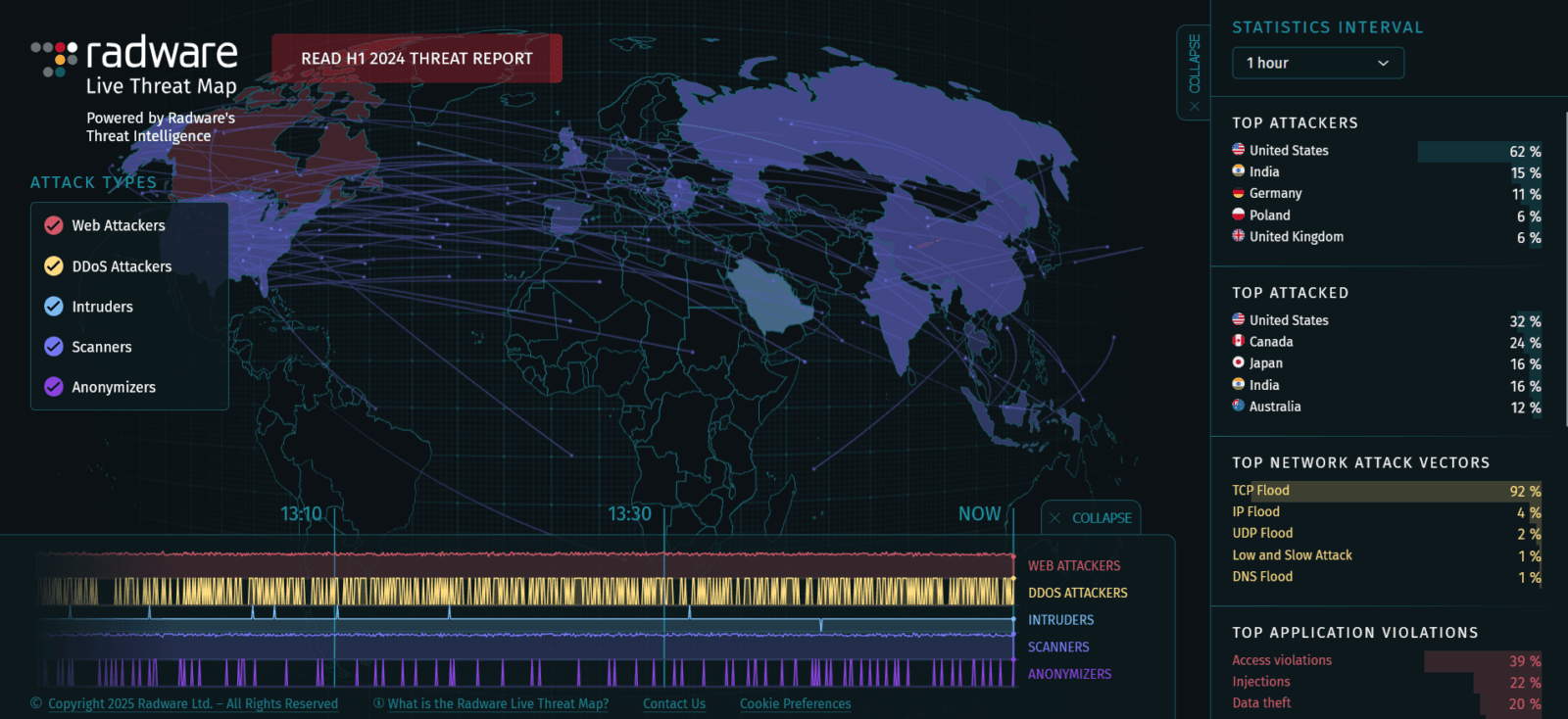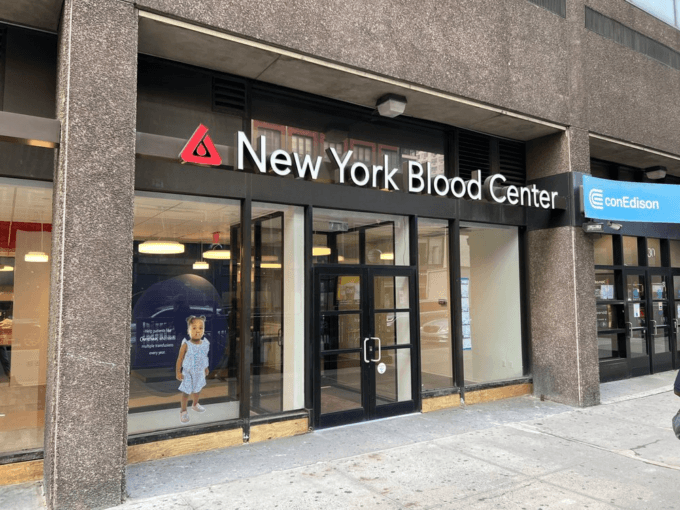For a broader context on global cybersecurity trends in 2024, explore this insightful analysis from Cybersecurity Ventures: Cybersecurity Trends 2024.
2024 was a whirlwind year for cybersecurity. As technology surged forward, so did the tactics of cybercriminals. From AI-powered ransomware to state-sponsored espionage, the past year saw digital threats reach unprecedented levels. Governments, corporations, and individuals alike faced a stark reminder: no one is immune. In this article, we delve into the top 10 cyber attacks of 2024 that left the world reeling. These aren’t just stories—they’re lessons in vigilance, resilience, and the urgent need for robust cybersecurity measures.
Let’s Understand Top Cyber Attacks of 2024
1. The Global Banking Breach
One of the most alarming incidents of 2024 was a coordinated attack on global financial institutions. Hackers exploited vulnerabilities in legacy banking systems, stealing billions of dollars and compromising sensitive customer data. The breach shattered trust, prompting financial institutions worldwide to invest in zero-trust architectures and enhanced threat detection systems.
Key highlights:
- Methods: Advanced phishing and credential stuffing.
- Impact: Over $2 billion was stolen and millions of accounts were compromised.
- Response: Massive upgrades in banking cybersecurity protocols.
2. Change Healthcare Ransomware Attack
In February 2024, Change Healthcare, a major U.S. medical claims processor, was hit by a ransomware attack attributed to the BlackCat (ALPHV) group. For more details, you can read this coverage from Healthcare IT News: Healthcare IT News on Change Healthcare attack. This attack crippled operations, leading to significant disruptions in healthcare services and an estimated response cost of around $2.87 billion for UnitedHealth Group, the parent company. The breach forced many patients to pay out-of-pocket for services due to halted electronic payments and claims processing.
Key highlights:
- Perpetrators: BlackCat (ALPHV) group.
- Impact: Major disruptions in healthcare claims processing.
- Cost: $2.87 billion in response efforts.
3. Snowflake Ransomware Attack
Snowflake, a prominent cloud data platform, faced a ransomware attack in August 2024 that severely disrupted its services. A detailed analysis of the attack and its implications can be found in this report from TechCrunch: TechCrunch on Snowflake ransomware attack. The attackers demanded a ransom to restore access to critical systems, highlighting vulnerabilities within cloud infrastructures and the growing trend of targeting cloud service providers.
Key highlights:
- Target: Cloud infrastructure vulnerabilities.
- Outcome: Service disruptions and ransom demands.
- Implications: The need for advanced cloud security measures.
4. UK Ministry of Defence Data Breach
In mid-2024, the UK Ministry of Defence experienced a significant data breach that exposed sensitive information related to national security and military operations. For further insights, read this detailed report from the BBC on the breach’s implications: BBC News on UK Ministry of Defence breach. This incident raised serious concerns about the cybersecurity measures in place within governmental institutions.
Key highlights:
- Target: National security and military data.
- Cause: Weaknesses in governmental cybersecurity.
- Fallout: Increased focus on securing critical government systems.
5. Ascension Ransomware Attack
Ascension, a large healthcare provider in the U.S., suffered a ransomware attack that disrupted patient care and compromised sensitive data. This incident underscored the ongoing threats facing healthcare organizations and the critical need for robust cybersecurity measures.
Key highlights:
- Target: Healthcare IT systems.
- Impact: Disrupted patient care and leaked sensitive data.
- Lessons: Importance of proactive cybersecurity planning.
6. MediSecure Data Breach
MediSecure, an Australian healthcare platform, experienced a data breach that compromised patient records and sensitive health information. The breach highlighted vulnerabilities in healthcare IT systems and the importance of safeguarding patient data.
Key highlights:
- Data exposed: Patient records and health information.
- Industry impact: Calls for stricter data protection measures.
- Geographic focus: Australia.
7. Synnovis-NHS UK Ransomware Attack
This ransomware attack targeted Synnovis, a laboratory services provider for the NHS in the UK. The attack disrupted laboratory services and raised alarms about the security of healthcare supply chains.
Key highlights:
- Victim: NHS laboratory services provider.
- Impact: Disruption in medical diagnostics.
- Focus: Strengthening healthcare supply chain security.
8. CrowdStrike-Microsoft Outage
In a notable incident involving CrowdStrike and Microsoft, an outage caused by cyber interference disrupted services for numerous clients. This event highlighted the interconnected nature of modern IT infrastructures and the potential for cascading failures due to cyber threats.
Key highlights:
- Targets: CrowdStrike and Microsoft services.
- Impact: Widespread service disruptions.
- Lessons: Need for improved resilience in IT systems.
9. TfL Cyber Attack
Transport for London (TfL) faced a cyber attack that affected its operational capabilities and customer services. The breach raised concerns about the security of public transportation systems and their vulnerability to cyber threats.
Key highlights:
- Target: Public transportation infrastructure.
- Consequences: Disrupted operations and customer services.
- Implications: Enhanced focus on transportation cybersecurity.
10. Ivanti Mass Zero-Day Exploits
In late 2024, Ivanti suffered from multiple zero-day exploits that compromised its software solutions used by various organizations globally. For more details on this incident, refer to this analysis by CSO Online. This incident emphasized the risks associated with third-party software vulnerabilities and their potential impact on cybersecurity.
Key highlights:
- Exploits: Multiple zero-day vulnerabilities.
- Impact: Compromised systems across industries.
- Lessons: Strengthening third-party software security.
11. Salt Typhoon Telecom Attacks
Towards the end of 2024, state-sponsored hackers known as Salt Typhoon intensified their cyber espionage efforts targeting major U.S. telecommunications companies such as AT&T and Verizon. These attacks allowed hackers access to sensitive data, including call metadata and geolocation information, raising national security concerns.
Key highlights:
- Perpetrators: Salt Typhoon (state-sponsored hackers).
- Target: Major U.S. telecom companies.
- Data stolen: Call metadata and geolocation information.
Closing Comment
The cyber attacks that transpired in 2024 were not merely isolated technological incidents; they served as critical wake-up calls for our interconnected world. These attacks laid bare the vulnerabilities inherent in our digital infrastructure, revealing how unprepared we were to face sophisticated threats. Every sector—from banking institutions safeguarding our finances to healthcare systems protecting patient data—was affected, underscoring the pervasive nature of these cyber threats. The severity of the situation has never been more alarming, as it has raised significant concerns about the integrity and security of vital services we rely on daily.
As we transition into 2025, it is imperative that we take the lessons gleaned from these attacks to heart. They should serve as a catalyst for a renewed focus on innovation in cybersecurity technologies, increased vigilance against potential threats, and a commitment to collaborative efforts across industries. Whether you are a business owner tasked with protecting sensitive customer information, a government official responsible for national security, or an individual trying to safeguard personal data, the imperative to take decisive action has never been clearer.
Now is the time to bolster your cybersecurity measures—implement advanced protection systems, educate your teams, and rigorously test your defenses. Stay informed about emerging threats and evolving tactics used by cybercriminals. It’s vital to foster a culture of cybersecurity awareness in every interaction and decision. Remember, the most effective defense against cyber threats is never to be reactive but proactive. By taking these steps, we can fortify our digital landscape and build a safer future for all.

















Leave a comment